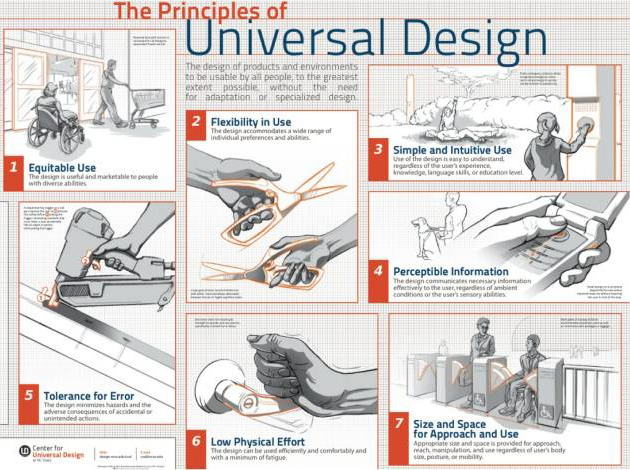|
La Jolla Workshop Addresses Universal Accessibility
September 2016
By A. Hayes
 |
The La Jolla Historical Society, in collaboration with the California Preservation Foundation, sponsored a workshop on July 23 titled How Bikeable, Walkable and Accessible is La Jolla? Not only was this a free workshop, but some participants were eligible to receive continuing education credits from the professional organizations representing architecture and planning. While this workshop was broader than the intersection of ADA regulations and historic preservation, the message about public accessibility is relevant to historic resources: In providing better access, there is greater awareness, understanding, and support for the historic components of every community.
Panelists included universal design advocate Christa Vragel; two regional planners from SANDAG; Circulate San Diego's executive director, Jim Stone; and Joe La Cava, a previous chair of the San Diego Community Planners Committee and Honorary Mayor of La Jolla, who addressed opportunities for a Maintenance Assessment District. Christa introduced the concept of universal design, sometimes referred to as inclusive design, which is a relatively new strategy that emphasizes access for all people simultaneously (meaning older and aging adults as well as people with and without disabilities), focuses on aesthetics, and utilizes seven design principles (see image above). While this concept is still gaining traction with designers and planners due to the omnipresent focus on pleasing design, universal design has been used successfully on several rehabilitation and adaptive reuse projects that incorporate historic resources, such as Alcatraz and San Anselmo College.
The SANDAG planners discussed current ADA regulations and highlighted two grant programs: the Smart Growth Incentive and Active Transportation Grant programs, both of which strive to increase multi-modal options and infrastructure throughout the region. Jim touched on the BestWALK application for smart phones. This app uses crowdsourcing to generate data about the walkability of various intersections and streetscapes throughout the county. Municipalities can then use the data to plan and prioritize projects, so everyone benefits by the individual ratings. Last, we heard about Maintenance Assessment Districts, or MADS, as they are more commonly referred to, from Joe. This type of programming is helpful to bring additional funds into specific areas of the community; these funds can then be used for more local capital improvement projects, such as updating aging infrastructure, or place-making improvements such as lighting, signage or street furniture.
|
2025
2024
2023
2022
2021
2020
2019
2018
2017
2016
2015
|




